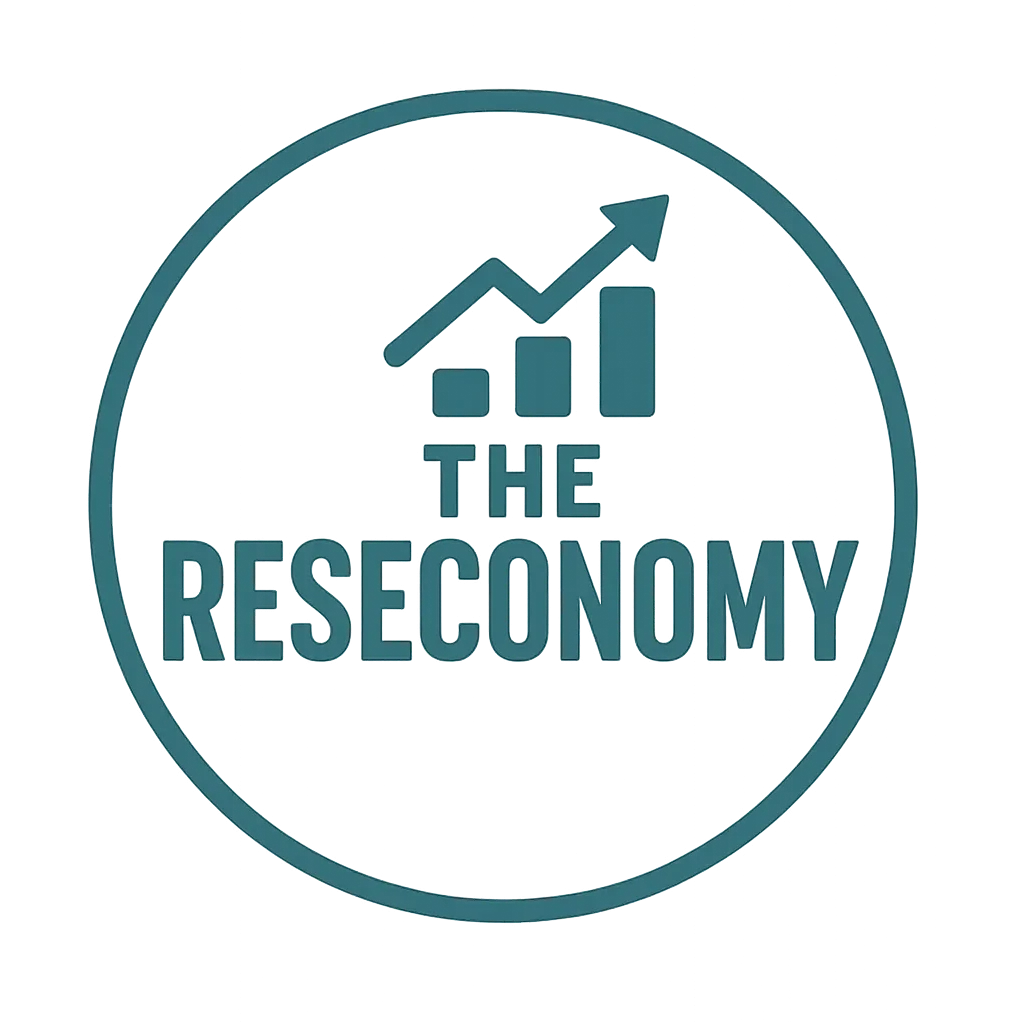The Importance of Identifying Genuine Market Needs Before Product Creation
In the world of online business, one of the most costly mistakes entrepreneurs make is creating products without first confirming that a genuine market need exists. This fundamental oversight explains why so many digital products fail to generate meaningful revenue despite considerable time and effort invested in their creation.
The Product-First Trap
Many aspiring entrepreneurs fall into what we might call the “product-first trap.” This common approach typically follows a flawed sequence:
- An entrepreneur has what feels like a brilliant idea
- They spend weeks or months developing the product
- Only after completion do they begin thinking about who might buy it
- Marketing efforts struggle because the product doesn’t address a specific, urgent need
- Sales disappoint, leading to frustration and wasted resources
This approach inverts the natural order of successful product development. It prioritizes the creator’s assumptions over market realities, often resulting in products that struggle to find their audience.
The Market-First Approach
Successful digital entrepreneurs typically follow a reversed sequence:
- They identify a specific audience with a clear problem or desire
- They verify this need through research, conversations, and market analysis
- They confirm people are actively seeking solutions and willing to pay
- Only then do they develop a product specifically tailored to address this validated need
- Marketing becomes more straightforward because the product directly answers an established demand
This approach dramatically increases the likelihood of success because it ensures the product has a waiting audience before a single hour is spent on development.
Methods for Identifying Genuine Market Needs
Identifying authentic market needs requires deliberate investigation rather than assumption. Effective approaches include:
Audience Research: Immerse yourself in the communities where your potential customers gather. Forums, social media groups, review sections, and comment threads often reveal unaddressed pain points and desires that represent genuine market opportunities.
Keyword Analysis: Tools like Google’s Keyword Planner or Ahrefs reveal what people are actively searching for. High search volumes for problem-focused phrases (like “how to fix…” or “solution for…”) indicate areas where needs exist.
Direct Conversations: Speaking directly with potential customers through interviews or surveys provides invaluable insights. Questions should focus on their challenges, current solutions, and what they wish existed to make their lives easier.
Competitive Analysis: Examining successful competitors reveals validated needs. Pay particular attention to customer reviews that mention what’s missing or could be improved – these represent unfilled market gaps.
Pre-selling: One of the most definitive tests is attempting to sell your product before creating it. If people are willing to pre-order or join a waitlist, you’ve found a genuine need.
The Hidden Benefits of Market-First Development
Beyond increasing the likelihood of commercial success, the market-first approach offers several additional advantages:
Resource Efficiency: By validating needs first, you avoid investing time and money into products that won’t sell.
Clearer Positioning: Understanding the market need helps you articulate your product’s value proposition more convincingly.
Customer-Centered Features: Starting with the need ensures your product includes the specific features that will solve real problems rather than showcasing capabilities nobody requested.
Stronger Customer Relationships: When customers feel truly understood, they develop deeper loyalty to your brand and products.
Iterative Improvement: The continuous feedback loop created by staying connected to market needs allows for ongoing refinement that keeps your products relevant.
Common Misconceptions About Market Research
Many entrepreneurs skip proper market validation due to misconceptions:
“If people aren’t already buying it, there’s no market”: Sometimes the need exists but current solutions are inadequate. The absence of a perfect solution can represent your opportunity.
“My experience proves the need exists”: Your personal experience provides a starting point but isn’t sufficient validation. A broader sample is necessary to confirm the need extends beyond your individual case.
“Market research is too complex and expensive”: Modern tools make basic market validation accessible and affordable. Even simple approaches like monitoring relevant online discussions can provide valuable insights.
“Someone else is doing it, so the need must be real”: Competitor existence suggests a potential market, but doesn’t guarantee your specific approach will succeed. Understanding precisely how your solution differs is crucial.
Conclusion
The discipline to identify genuine market needs before product creation represents the foundational difference between digital entrepreneurs who consistently succeed and those who repeatedly struggle. By inverting the traditional product-first approach and starting instead with market validation, you dramatically increase your chances of creating products that genuinely resonate with paying customers.
This market-first approach isn’t just good business practice—it’s an ethical approach that ensures you’re creating genuine value rather than contributing to the noise of unwanted products. When you solve real problems for real people, monetary success tends to follow naturally as a byproduct of the value you’ve created.
Download the Resell Ritual for FREE!!! – No opt in required…
